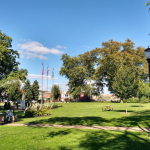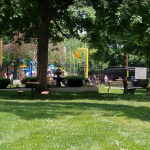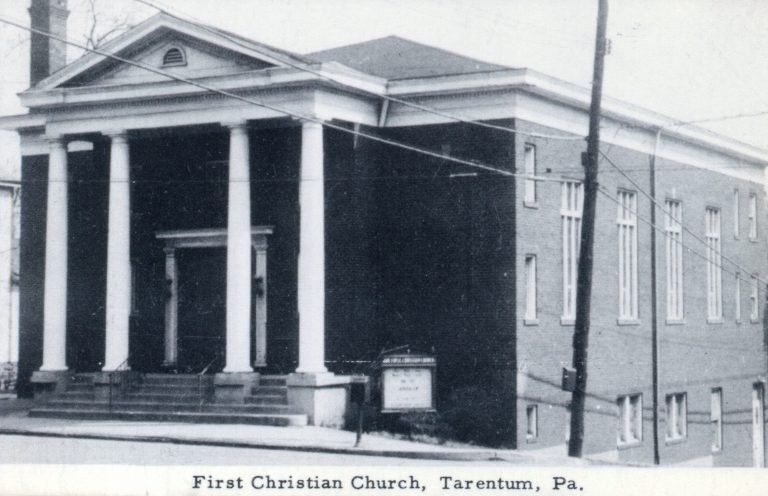
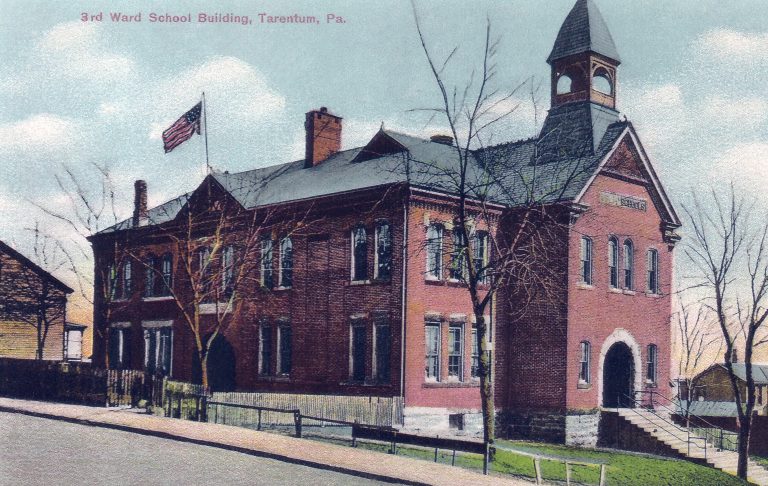
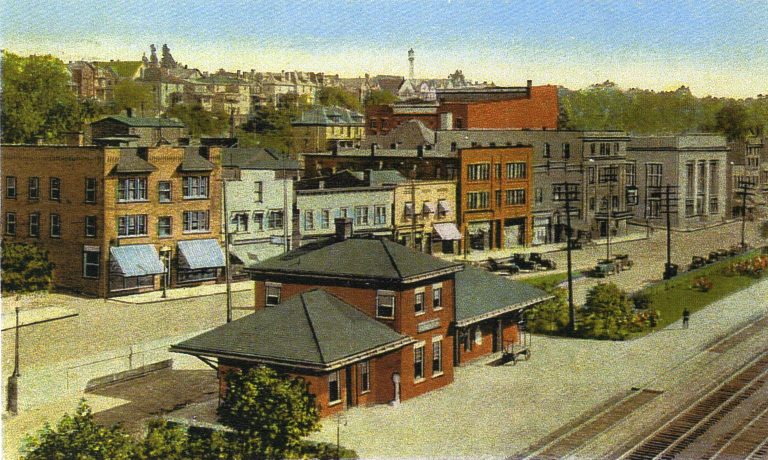
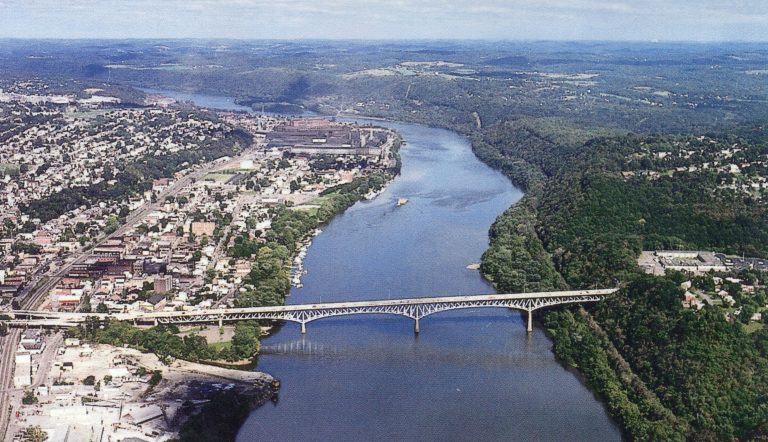
Tarentum Borough is a proud riverfront community located along the Allegheny River, just south of the tri-county junction of Allegheny, Armstrong, and Westmoreland Counties. The Borough features scenic parks, thriving local businesses, and full-time police, fire, and EMS services. At the heart of the community is a vibrant riverfront park that includes several baseball fields, a deck hockey rink, a children’s spray park, and a covered amphitheater with seating, restrooms, and concessions.
A Rich History
The roots of Tarentum stretch back to the early 1700s. The area at the mouth of Bull Creek was originally inhabited by the Shawnee Indians, who established a village in 1729. In 1734, French trader Peter Chartier set up a trading post there. When the Shawnee relocated in 1745, the area became known as “Chartier’s Old Town.”
By 1783, the Westmoreland County militia had constructed a log blockhouse on Bull Creek to monitor Native American activity. Following the American Revolution, settlers began to establish homesteads along the western bank of the Allegheny River.
In 1829, Judge Henry Marie Brackenridge founded the town of Tarentum, following the completion of the Pennsylvania Canal between Philadelphia and Pittsburgh. He surveyed the area between Ross and Lock Streets and named it “Tarentum,” after the ancient Greek city-state in Italy.
On March 7, 1842, with a population of about 300, residents successfully petitioned to incorporate Tarentum as a Borough. That same year, the Negley tract—west of Bull Creek—was added after the widow of Felix Negley requested its inclusion. Her husband had built a grist mill, a fulling mill, and a two-story German-style log home in 1800, which remained standing on West 7th Avenue until 1945. The “West Tarentum” plan officially laid out the Negley property in 1873.
Tarentum’s religious roots were established early, with Methodist and Presbyterian churches founded before 1842. Industry soon followed: C.L. Flaccus Glass opened in 1879 on Bridge Street, and Pittsburgh Plate Glass (Works No. 2) began operations in 1884 in the West End, next to the Godfrey and Clark Paper Mill (1885).
The railroad replaced the canal in 1866, spurring significant industrial growth and bringing the population to 4,000 by the 1880s. The first newspaper, the Allegheny Valley Times, was established in 1881. A police force was organized in 1900, and civic institutions such as fire companies, fraternal lodges, and banks flourished.
In 1892, Tarentum opened the first high school in the valley on Second Avenue. The Borough is now part of the Highlands School District. Veterans have long played a central role in the community, and Riverview Memorial Park was dedicated in their honor on September 6, 1926.
Growth, Change, and Revitalization
Tarentum grew rapidly throughout the early 20th century, reaching a peak population of over 10,000. It became a vital mercantile hub in the Allegheny Valley. The Tarentum Bridge, which opened on February 26, 1952, improved regional access, but population decline began soon after.
Despite surrounding development—including the completion of the Allegheny Valley Expressway in 1986—the Borough’s core experienced economic and demographic decline. By 2000, Tarentum’s population fell below 5,000 for the first time in over 100 years. The 2010 census recorded a population of 4,530.
In recent years, however, a growing number of younger residents and families have rediscovered Tarentum, drawn by its affordability, modern amenities, and small-town charm.
Looking Ahead
Today, Tarentum is actively revitalizing its neighborhoods and commercial corridors. With its unique location, strong municipal services, and rich historical legacy, the Borough continues to build a vibrant future. Investments in infrastructure, recreation, public safety, and economic development are helping Tarentum not only preserve its past—but thrive in the decades to come.
